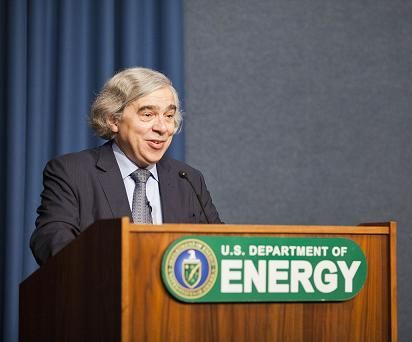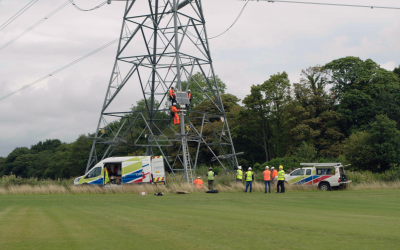White House review urges $15bn climate funding
First-ever Quadrennial Energy Review and executive orders call for $15bn funding to upgrade energy infrastructure in the U.S.

The Obama administration has released two executive orders and its first-ever Quadrennial Energy Review (QER), a document that outlines ways the U.S. can diversify its energy mix to include more clean energy sources.
The QER initiative stems from President Obama’s Climate Action Plan and calls for more than $15 billion in new programmes, grants, and tax credits to upgrade the country’s energy infrastructure.
The review makes various recommendations for how the U.S. should update its energy infrastructure including pipelines and the electric grid, and the spending has to go to Congress for approval.
The report comes at time when the administration is aiming to implement the Climate Action Plan and efforts are underway to integrate more renewable energy, natural gas, and biofuels into the nations energy mix.
Now that the QER has been released, pending Congressional budget approval, different agencies will work to formulate plans from the administration’s roadmap.
The QER and the two executive orders include six main recommendations to help the U.S. develop energy infrastructure that’s resilient to climate change, something Energy Secretary Ernest Moniz (pictured) has cited as a serious threat to the country’s energy security.
The Department of Energy (DOE) will coordinate with the Environmental Protection Agency (EPA) to update and expand the Greenhouse Gas Inventory which will result in better regulation of emissions from methane and black carbon, two of the most potent and environmentally harmful gases.
The review also urges Congress to fund the Diesel Emissions Reduction Act, which will help to limit black carbon.
Among the administrations executive orders announced alongside the QER was the creation of the Partnership for Energy Sector Climate Resilience, a group that will bring together 17 CEOs from energy companies to discuss how they can improve the security of electrical services as increasing instances of drought, flooding, and heat waves affect their supply chains.
The group includes Pacific Gas and Electric, Dominion Virginia Power, and Exelon and the meeting will begin at a White House event on April 30th.
The second executive action announced the U.S. Department of Agriculture’s Electric Program that will include funding for significant photovoltaic solar energy development and key infrastructure upgrades to transmission lines and smart grid projects in rural areas.
The programme will help deliver projects to modernise energy infrastructure in rural communities with the aim of boosting resiliency to climate change in isolated communities.
The QER also calls for increased collaboration with neighbours including Canada and Mexico and urges them to also adopt resilient and climate-smart strategies too by proposing an initiative to examine gaps and best practices in energy regulation among the three countries.
The DOE also states in the review that significant funding is needed to upgrade an aging, inefficient grid in order to meet future energy needs of the nation.
Improving and updating the grid would also assist with renewable energy generation.
The QER recommends expanding research & development to help integrate innovative new technologies into the grid upgrading process.
The review also recommends that the DOE implements a competitive grant initiative to encourage states to demonstrate innovative plans to boost resilience and energy reliability with the plans potentially becoming eligible for grants after assessment.
The focus on state energy plans is crucial with some state plans over a decade old and ill equipped to meet current challenges.






